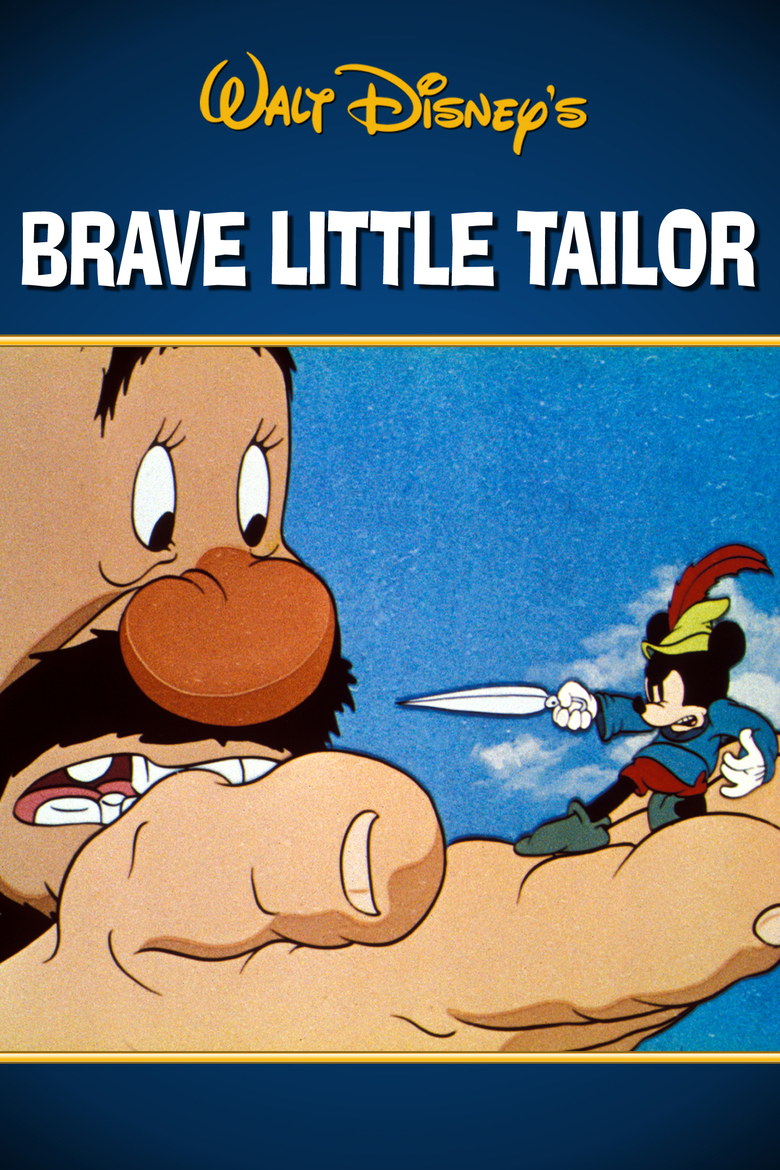The Final Blog
Over the course of the semester, we have learned a lot about fairytales and their different origins. To start, we learned about the Brothers Grimm themselves and about how they gathered and wrote the original fairy tales. The Brothers were poor and lived a life of hardships, but overcame their struggles by finding their niche for writing. The Brothers would gather the tales by inviting people, mostly women, into their home to tell their versions of the stories orally. From there the Brothers would embellish those tales to fit the “zeitgeist”, or what was in fashion at the time. This semester we also learned what distinguished a fairytale from a myth or a legend. A fairytale isn’t a fairytale without magic. For example, in the Disney classic, “Tangled”, Rapunzel’s hair magically keeps people young and can heal anyone that touches it when she sings. That doesn’t happen in real life, but nobody questions it because it's magical and whimsical. Fairy tales must also follow a certain sequence of events or include a pattern that most tales follow. Some other fairy tales we read about this semester include: Cinderella, Snow White, The Frog King, Little Red Cap, Hansel and Gretel, Bluebeard, The Robber Bridegroom, The Fitcher’s Bird, Rapunzel, and the Brave Little Tailor. With every fairy tale we learned about, we watched the Disney film adaption and learned what was changed or adopted to satisfy the audience Disney had built up. My favorite project we did was give a presentation to the elementary school about fairy tales. My group decided to do The Brave Little Tailor, and we had a blast. I am an elementary education major, and being able to make a lesson plan and work with the kids was eye opening to what I want to do later in life.















No comments:
Post a Comment